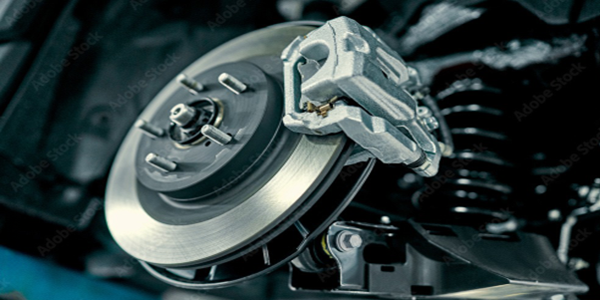By Benson Augustine, Program Manager – Mobility
The Latin American brake replacement market for passenger cars and light commercial vehicles is undergoing significant transformation, driven by changing consumer preferences and intensified competition from low-cost imports. As the market landscape evolves, domestic brake products are expected to maintain a competitive edge through differentiation in positioning and brand identity, despite the increasing market pressures.
Brazil is the Epicenter of Growth
Brazil is set to emerge as the most critical market in Latin America, with projections indicating that by 2030, it will account for nearly 50% of all vehicles in operation (VIO) within the region’s aftermarket. Additionally, Brazil is expected to lead in new vehicle sales, outpacing other major markets like Argentina and Mexico.
However, Argentina and Mexico are anticipated to see more rapid growth in overall vehicle sales by 2030, fueled by rising fuel prices and increased per capita income. Mexico, in particular, will dominate in terms of average kilometers driven, while Argentina is likely to experience the highest year-over-year increase in vehicle activity. These factors will drive greater demand for brake replacements across these markets.
As a result of these trends, both unit sales and revenue in the Latin American brake replacement aftermarket are expected to experience robust growth from 2023 to 2030. Revenue is projected to climb from $683.6 million in 2023 to $888.8 million by 2030. Among various product categories, brake rotors and discs will lead in both unit sales and revenue, surpassing other components such as brake pads, calipers, drums, and shoes.
In terms of distribution channels, the IAM channel remains the preferred choice for brake replacements, dominating the market with approximately 90% of the share. The success of IAM can be attributed to its competitive pricing and extensive product availability across a wide range of categories. In contrast, the Original Equipment Service (OES) channel is primarily associated with repairs related to crashes or faulty components during the first three to five years of a vehicle’s life.
To learn more, please access: Replacement Brake Systems, LATAM, 2024-2030, or contact [email protected] for information on a private briefing.
Our Perspective
The OES channel is expected to decline further over the next few years, with its role becoming increasingly limited to warranty-related replacements and B2B original equipment (OE) factory-fitment opportunities. To secure revenue growth and market share, suppliers need to refine and enhance their IAM brake system offerings. Employing targeted segmentation, targeting, and positioning (STP) strategies within the IAM channel will be crucial in catering to diverse consumer needs and preferences.
Consumer preferences in Latin America are steadily shifting from traditional drum brake systems to disc brake systems. This transition is expected to make disc brakes the industry standard within the next three to five years. For aftermarket suppliers, this trend presents significant growth opportunities, particularly in the categories of brake pads, discs/rotors, and calipers.
To capitalize on this shift, brake manufacturers and suppliers must shift their focus from drum brake portfolios and intensify their efforts to expand and promote their disc brake offerings. This will help them capture valuable market share in an evolving landscape where consumer demand is increasingly leaning toward more advanced braking systems.
Also, while brake calipers represent a smaller replacement category, there is rising demand in Latin America for aesthetic and performance-driven calipers. Given the relatively low replacement rate for calipers, manufacturers must adopt innovative strategies to target this niche segment. Developing new products and brands and exploring “non-replacement” based selling strategies to engage this audience and drive sales, will help them establish a presence in this emerging niche.
With inputs from Amrita Shetty, Senior Manager, Communications & Content – Mobility




